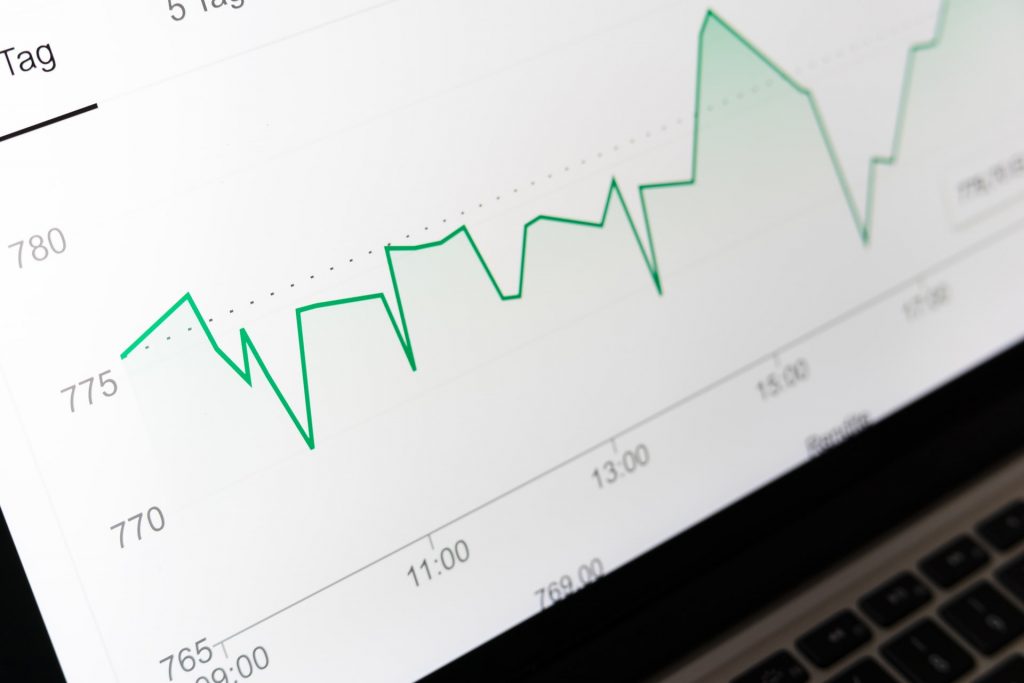Undoubtedly, SaaS sales benchmarks are paramount to evaluating your sales team’s performance and productivity. In fact, in the SaaS industry, sales efficiency is crucial.
Selling software and scaling is all about finding the optimal distribution levels while, at the same time, ensuring that the investment in sales reflects in the revenue they are generating.
In other words, sales benchmarks enable you to determine if your team is doing well or what needs to improve to hit their targets and reach organizational revenue goals.
Read on because we will show you what benchmarks and metrics you should measure and how.
This Is the Difference Between Benchmarks, Sales Metrics, and KPIs

For the most part, people use the terms KPIs, benchmarks, and metrics interchangeably. Yet, that’s not entirely correct, as minor differences exist.
For example, sales metrics track sales process elements, such as email open rates or the number of sales calls made every day. Similarly:
- KPIs (Key Performance Indicators) are metrics that track performance against higher-level strategic goals. KPIs exist to follow your team’s progress over time. For instance, the company may have a KPI goal of hitting a 10% increase in annual sales. To reach this goal, each sales rep has to convert a certain number of prospects to customers, and marketing has to add a certain percentage of leads to the sales funnel as their individual KPIs.
- Benchmarks count real-world activities of companies, departments, and/or individual sales members. Now, teams use benchmarks to compare their sales performance to the industry average and competitors in order to ensure they are competitive and viable, e.g., comparing churn rate to other companies within your designated industry.
Sales Benchmarks and Metrics You Should Track

Considering we’ve seen what metrics and B2B sales benchmarks are, let’s check the metrics you should measure to skyrocket the growth of your business.
Call-to-Conversation Rates
OK. So, you provide your sales teams with a lead list. And, you can clearly see them making phone calls. Yet, how many prospects are actually picking up and engaging in meaningful conversation that leads to conversions?
Measure the number of calls each sales rep makes against the number of conversations they actually have to find out the call to conversion rate.
For example, If a rep makes 100 calls a week and manages to have only 5 conversations, your call to conversation ratio is 5/100, or 5%. So, for every 100 calls, you have 5 meaningful conversations.
What you need to do, though, is to keep this metric at 10% or more to be considered successful. To do this, you need to update your tactics. Try to call prospects at different times of the day, do follow-up calls, send follow-up emails, or invest in a regional phone number. Then, see if your metrics improve – they should.
Average Conversation to Appointment Rate

The conversation to appointment ratio, meaning the ratio of conversations that lead to in-person or phone appointments, is a great indicator of whether your salespeople communicate your value proposition and message clearly to prospects.
Let’s look at an example: If your reps have 100 conversations per week, leading to 10 appointments, your average conversation to appointment ratio is… 10%. Simple, right? If this ratio falls below 23%, you need to start listening in on a few of your rep’s calls.
While at it, try to understand if the rep is able to hold the prospect’s attention? Do they have a hard time moving the conversation forward? Once you know what’s gone wrong, attempt to coach them to improve the results. Otherwise, you might have to search for new, more experienced sales reps.
Appointment to Opportunity Rate
Consider this: How many of your appointments have actually led to qualified opportunities that convert, known as Sales Qualified Leads (SQL)?
To calculate this ratio, you need to measure how many appointments booked move to the opportunity stage of the sales conversion funnel, e.g., 200 appointments lead to 25 qualified prospects = 12.5% appointment to opportunity rate.
This benchmark determines if your sales team is booking quality meetings or just wasting their time with leads that will never convert.
Opportunity to Close Rate
Another great benchmark is the opportunity to close rate. This time you examine the number of qualified opportunities or SQL leads that convert to actively paying customers.
You need to calculate it to find whether your sales team and move leads from the middle of the sales funnel to the bottom, and close deals.
Demo to Close Ratio

Really, how many qualified prospects who attend your sales demos actually convert and become customers? This benchmark can tell you the answer.
In the case the ratio is super low, you might have to update and optimize your demos. To test this benchmark, embed links to demos hosted on social media or directly in your landing pages and collecting engagement data, such as the features your customers use most?
Additionally, you can gather this data during live demos. Just make the demo sessions more interactive and allow prospects to explore the software in a more in-depth and analytical way.
In Closing
You don’t need to lose your energy, time, or even sleep over your benchmarks and metrics. On the contrary, the goal of measuring them should be to manage and improve your sales and pivot new effective strategies and make improvements if necessary.
This is because inside sales benchmarks provide great and actionable insights you can use to drive said improvements.
Hands-down, one of the fastest ways to collect extra insights into your benchmarks is by implementing interactive demos in your marketing strategy or improving the quality and efficiency of your SEO optimization. If you need help to SEO optimize your content or understand benchmarks better, reach out to a professional SEO optimization and content strategy solution.
